Taproom Artifacts: Guatemalan Masks
Next time you head down the short hallway in the back of the taproom, notice the collection of Guatemalan Masks that stand watch over the brew house. Mat Saunders, our friend and resident archaeologist, acquired the collection from a Maya family in a little shop in Flores, Guatemala and loaned them to the brewery when we first opened. Here’s a few facts he shared about the variety of ways in which the masks are created and used and what the deer mask specifically signifies.
How they’re used
Masks in Guatemala are used in countless traditional dances and celebrations, many of which are regional, or even specific to a particular village. They continue to be adapted and created for any number of events as tastes and traditions shift. This witch mask, acquired by the British Museum in 1981, might be an early example of the adoption of the North American Halloween celebration.
How they’re made
The craft of mask making has been in the hands of specialists for hundreds of years and is often a skill transmitted between family members. Quality masks were highly prized and cared for over generations. They were often repaired, re-painted, or re-purposed.
About the Deer Mask (top right)
Before the arrival of Europeans, who brought with them domesticated pigs, sheep and cattle, the Maya mostly relied on wild sources of animal protein. It is likely that they did raise turkeys and ducks for ready consumption, but deer, rabbits and other native mammals were usually hunted. Although they weren’t domesticated, deer might have been ‘tamed’ and accustomed to human presence from a young age, which would have made them easy prey for hunters.
The deer hunt was often a group activity in which animals were rounded up with the aid of dogs and whistles and killed with spears propelled by atlatl. Based on archaeological evidence, deer appear to have been the Ancient Maya’s favorite meat, but it is not known whether they were consumed routinely or only on ceremonial occasions.
For the Maya, deer were powerful embodiments of natural forces, like the sun and the rain, and their ritual sacrifice and consumption is associated with annual renewal festivals and the accession of new rulers. The deer dance probably originated with the pre-Columbian deer hunt and remains symbolic today.

